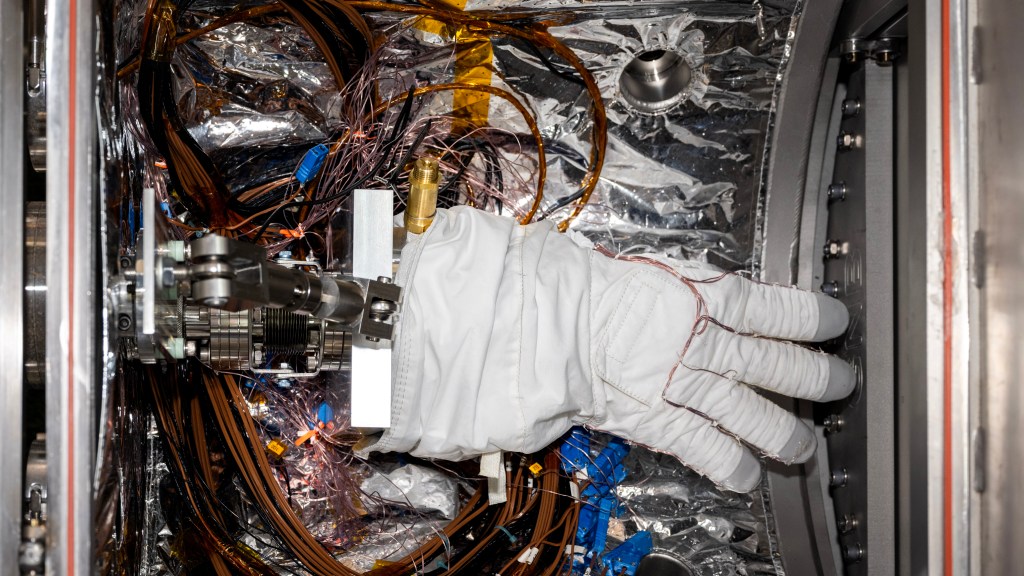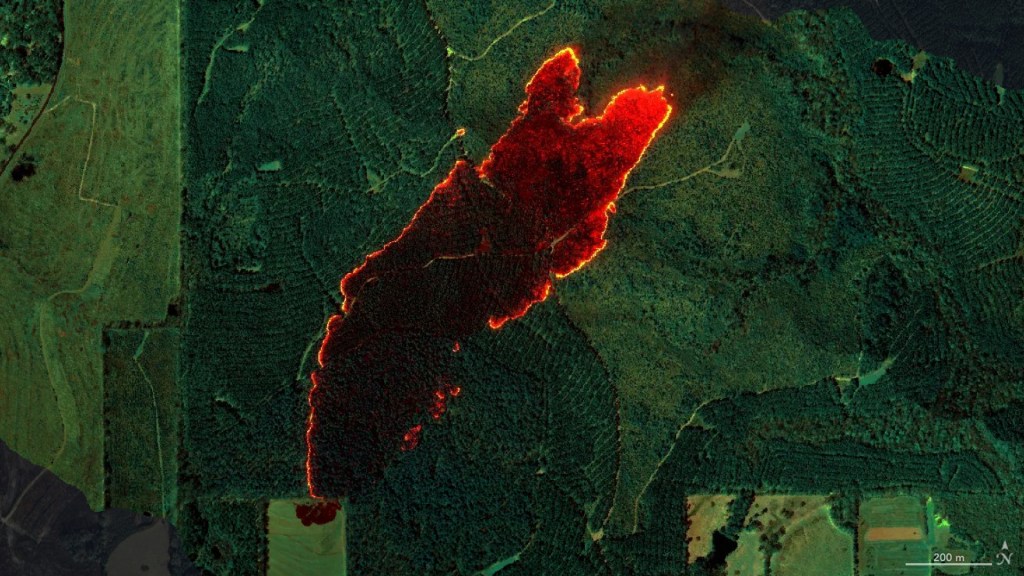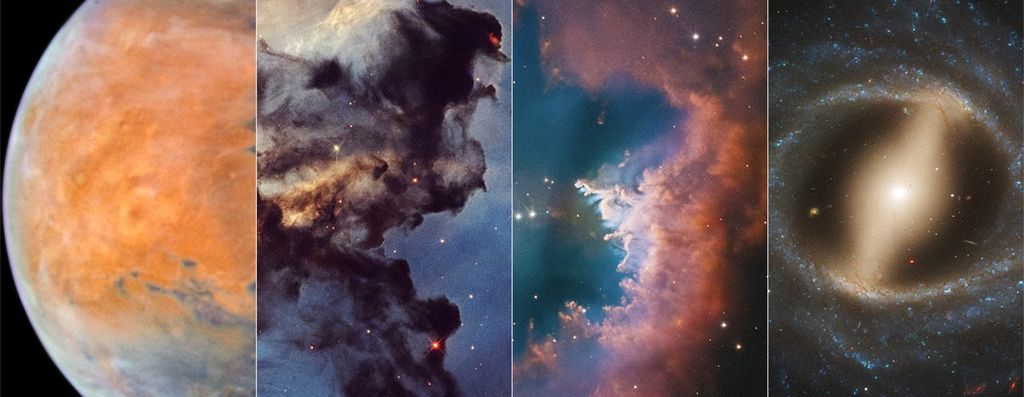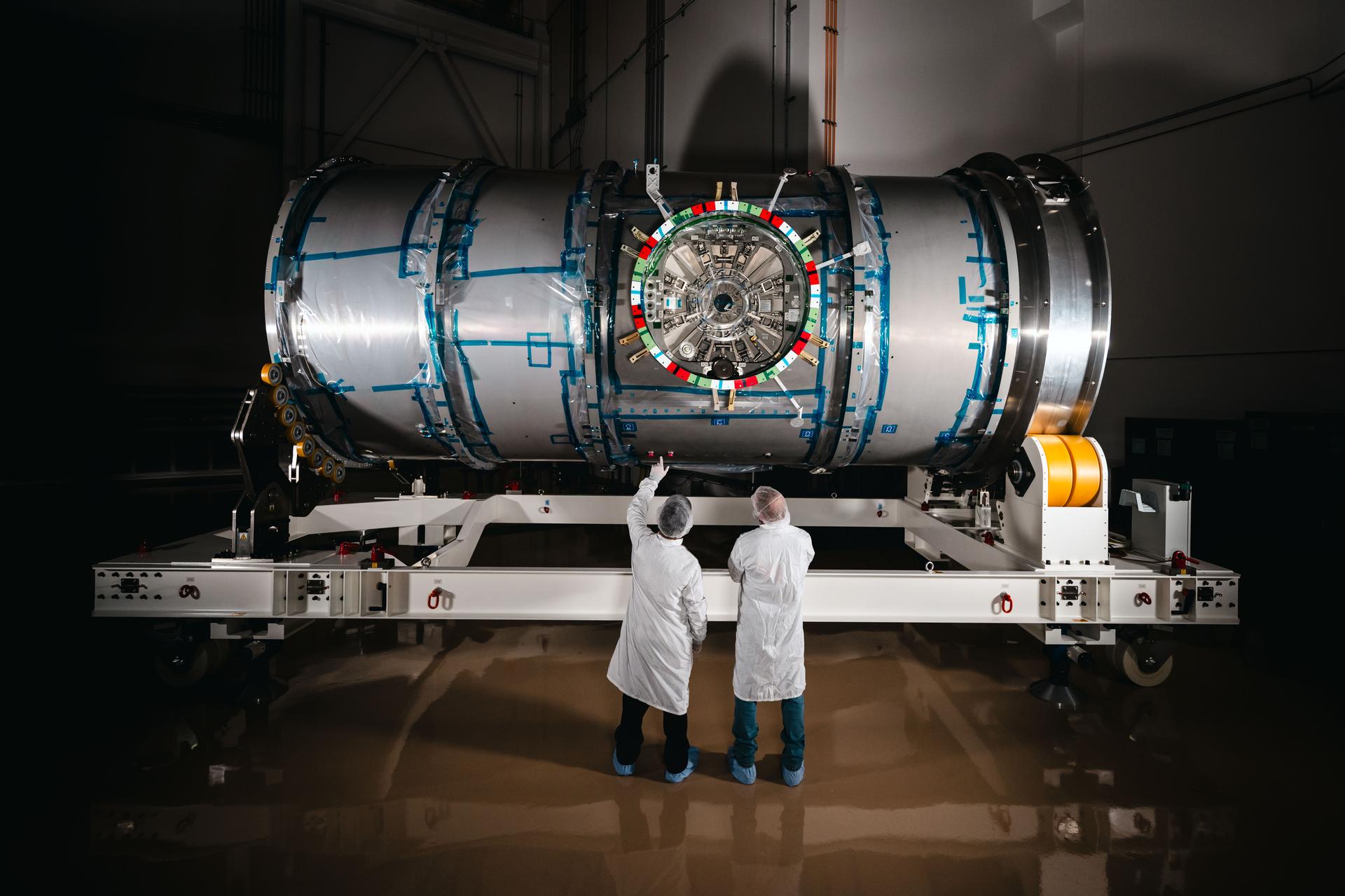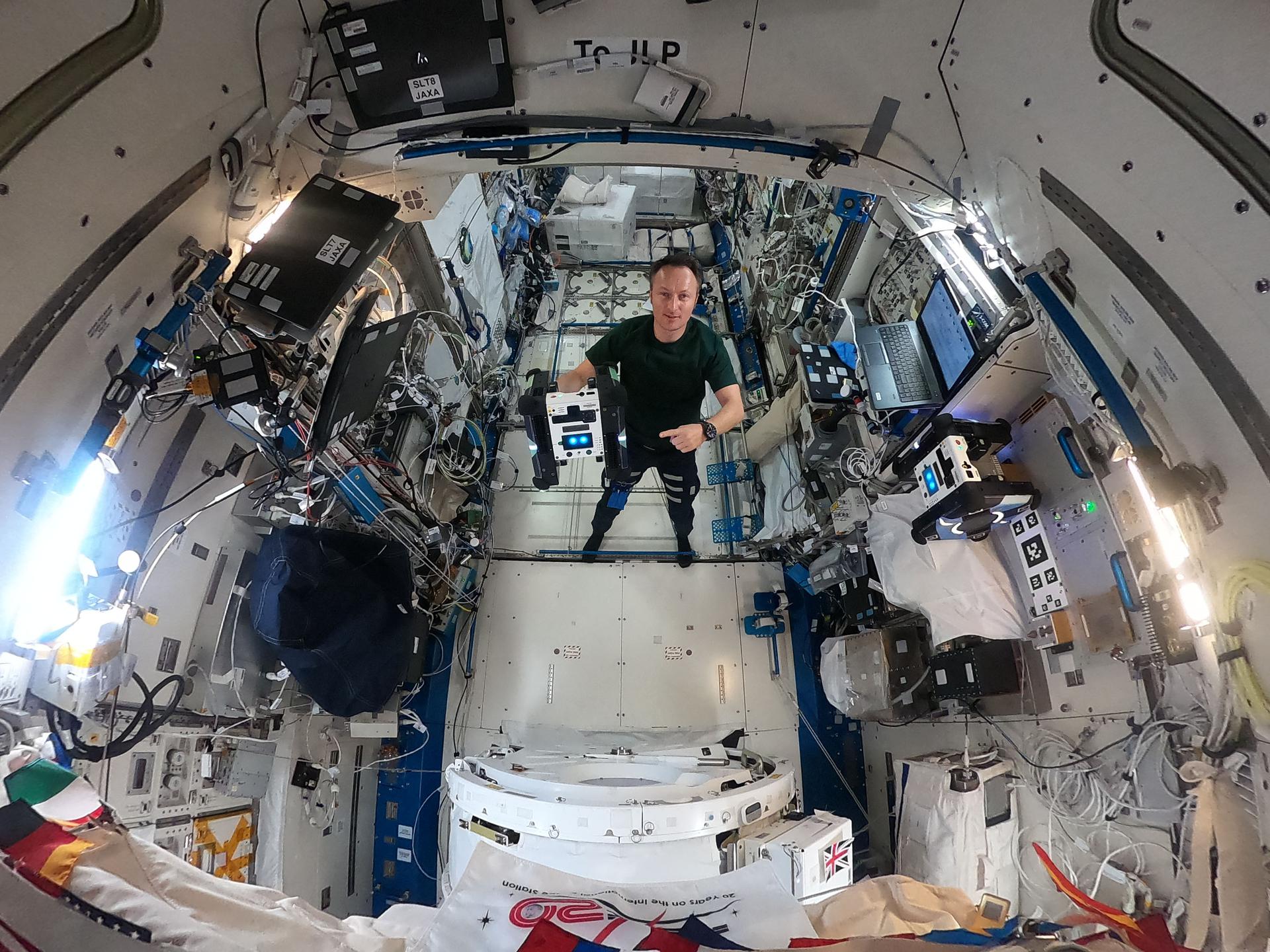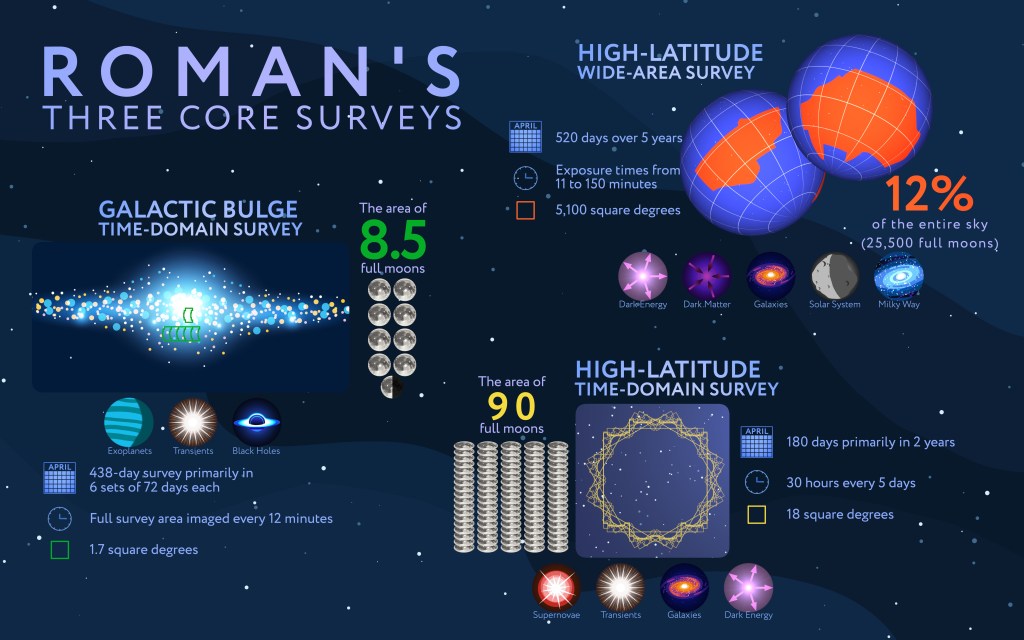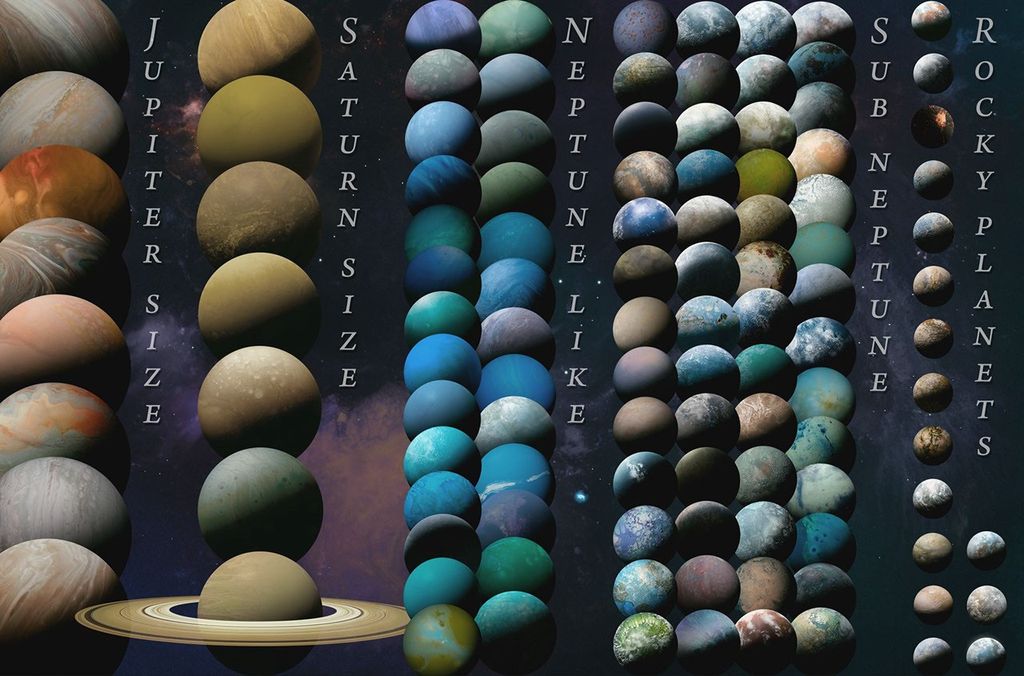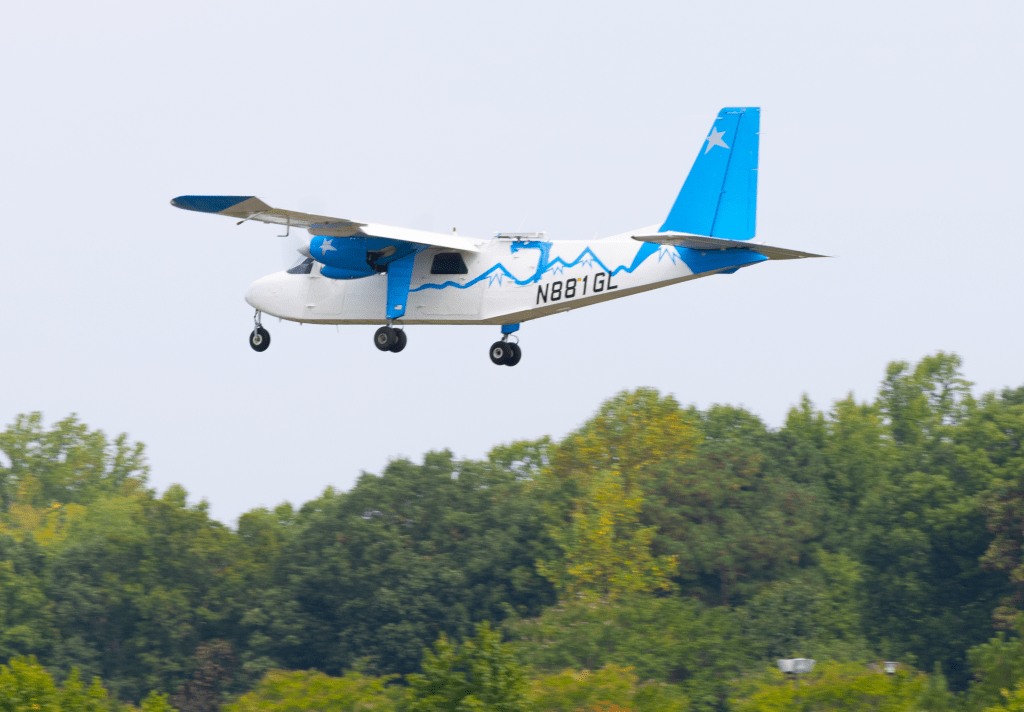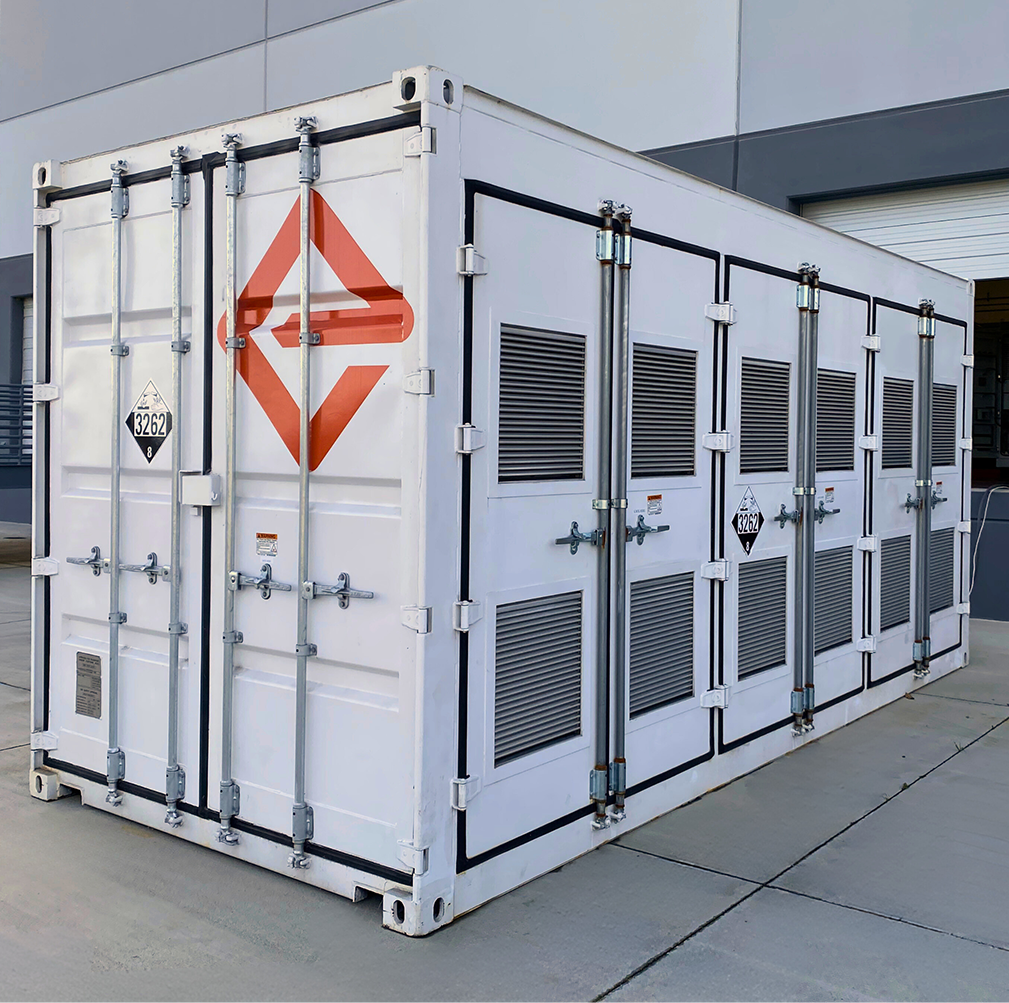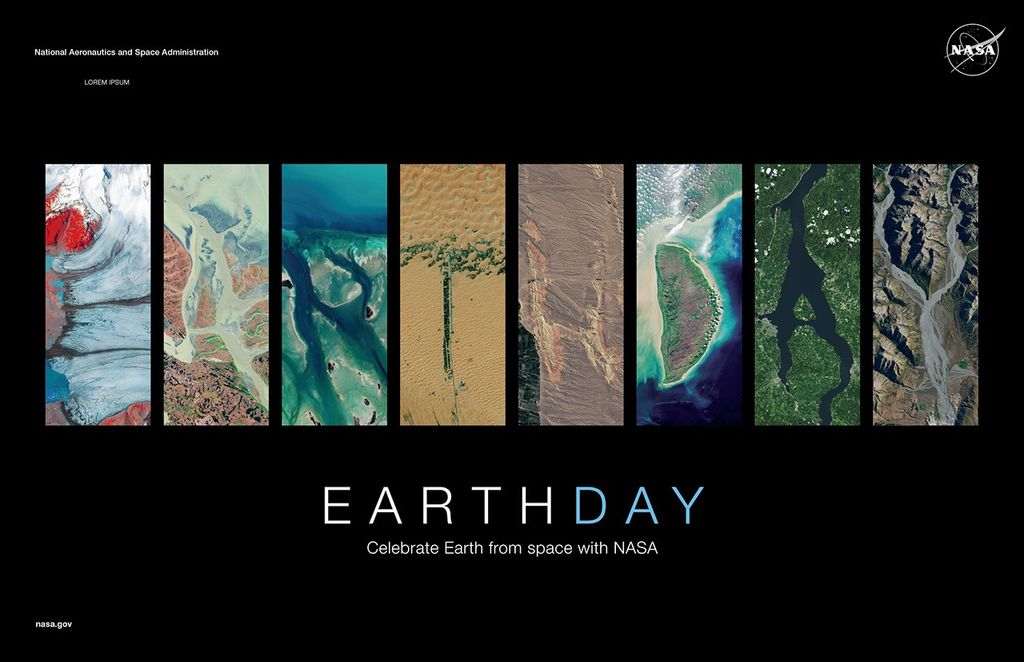Hot and Narrow Tiger Stripe
| PIA Number | PIA13620 |
|---|---|
| Language |
|
Data from NASA's Cassini spacecraft have enabled scientists to make the highest-resolution heat intensity maps yet for the hottest part of a ''tiger stripe'' fissure on Saturn's moon Enceladus. The moon's south polar region features several of these long fissures that spray water and icy particles, and the one in this image is called Damascus Sulcus.
The thermal infrared data, shown in color, come from Cassini's composite infrared mapping spectrometer (CIRS). The grayscale background image, which is illuminated by light reflected from Saturn rather than by direct sunlight, is from Cassini's high-resolution imaging camera (ISS). The CIRS scan gives scientists confidence that the peak temperature along Damascus Sulcus, the most active tiger stripe, was about 190 Kelvin (minus 120 degrees Fahrenheit). This temperature is slightly higher than the previous maximum temperatures measured by CIRS at Damascus, which were around 170 Kelvin (minus 150 degrees Fahrenheit).
The intensity of heat radiation, measured by CIRS at wavelengths from 7 to 9 microns, is color-coded, with blue, purple, red, orange and yellow denoting progressively more intense radiation, due to higher temperatures and/or larger expanses of warm material. The image is centered near 80 degrees south latitude and 315 degrees west longitude, and covers a region about 16 kilometers (10 miles) wide. The smallest details seen in the CIRS overlay are about 800 meters (0.5 miles) in size.
The region of peak temperature is sharply bounded by the sides of the trench. Thanks to its high resolution, the CIRS map also shows for the first time that the regions on either side of the central trench are also radiating heat (shown as blue strips flanking the central multicolored strip in this image). CIRS measured temperatures of about 120 Kelvin (minus 240 degrees Fahrenheit) in the flanking regions about 400 to 1,200 meters (a quarter to three-quarters of a mile) away from the central trench.
These data were obtained on Aug. 13, 2010 as the south pole of Enceladus began to go into winter darkness.
The Cassini-Huygens mission is a cooperative project of NASA, the European Space Agency and the Italian Space Agency. The Jet Propulsion Laboratory, a division of the California Institute of Technology in Pasadena, manages the mission for NASA's Science Mission Directorate, Washington, D.C. The Cassini orbiter and its two onboard cameras were designed, developed and assembled at JPL. The imaging operations center is based at the Space Science Institute in Boulder, Colo.
For more information about the Cassini-Huygens mission visit http://saturn.jpl.nasa.gov or http://saturn.jpl.nasa.gov/ . The Cassini imaging team homepage is at http://ciclops.org .
Credit: NASA/JPL/Space Science Institute


